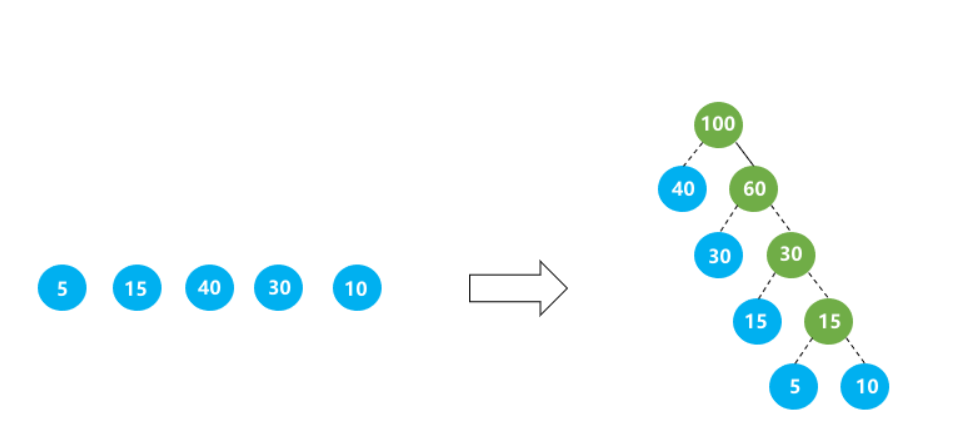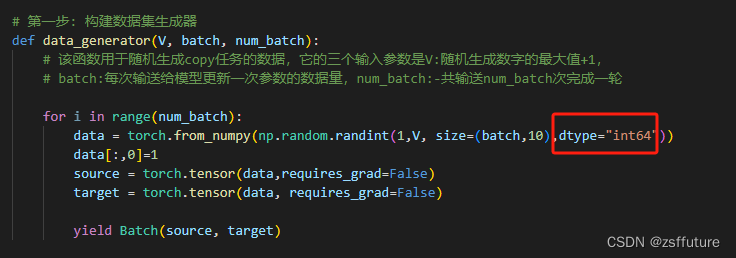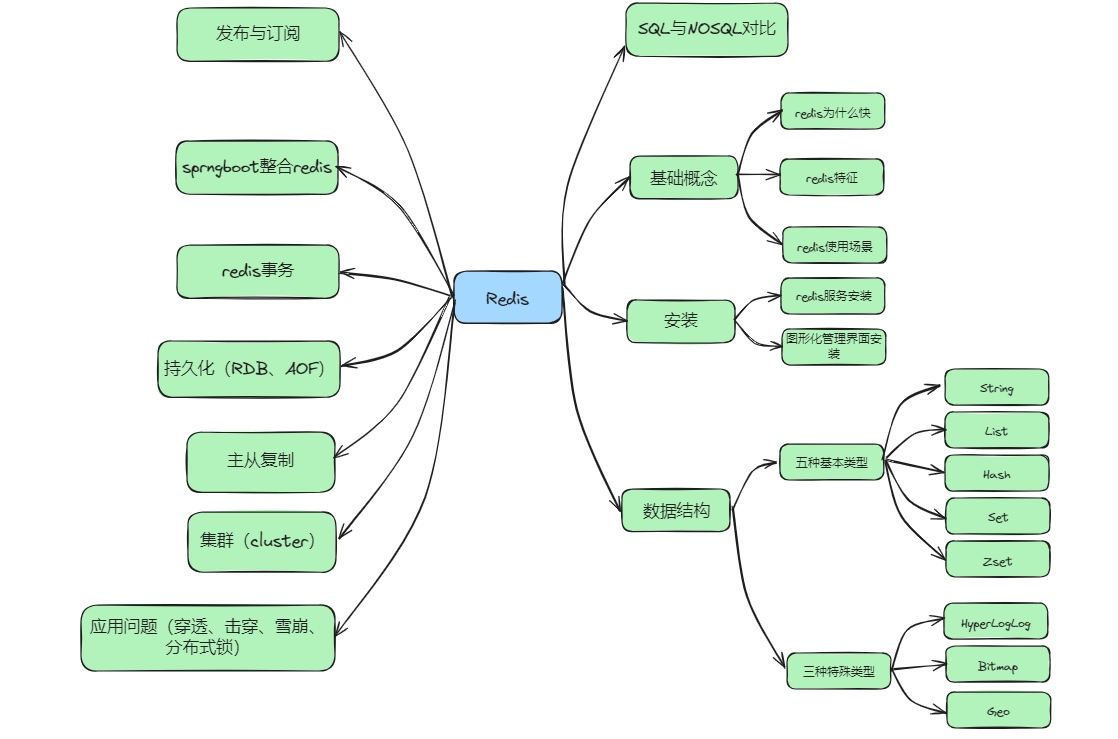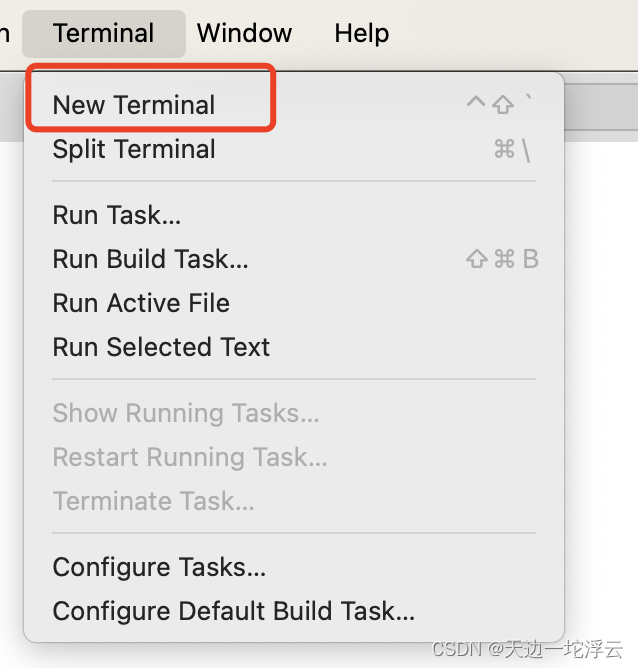OD统一考试(C卷)
分值: 100分
题解: Java / Python / C++

题目描述
给定长度为 n 的无序的数字数组,每个数字代表二叉树的叶子节点的权值,数字数组的值均大于等于 1 。
请完成一个函数,根据输入的数字数组,生成哈夫曼树,并将哈夫曼树按照中序遍历输出。
为了保证输出的二叉树中序遍历结果统一,增加以下限制:
- 在树节点中,左节点权值小于等于右节点权值,根节点权值为左右节点权值之和。
- 当左右节点权值相同时,左子树高度高度小于等于右子树。
注意: 所有用例保证有效,并能生成哈夫曼树提醒:哈夫曼树又称最优二叉树,是一种带权路径长度最短的一叉树。
所谓树的带权路径长度,就是树中所有的叶结点的权值乘上其到根结点的路径长度(若根结点为 0 层,叶结点到根结点的路径长度为叶结点的层数)
输入描述
例如:由叶子节点 5 15 40 30 10 生成的最优二叉树如下图所示,该树的最短带权路径长度为 40∗1+30∗2+15∗3+5∗4+10∗4=205。

输出描述
输出一个哈夫曼的中序遍历数组,数值间以空格分隔
示例1
输入:
5
5 15 40 30 10
输出:
40 100 30 60 15 30 5 15 10
说明:
根据输入,生成哈夫曼树,按照中序遍历返回。所有节点中,左节点权值小于等于右节点权值之和。当左右节点权值相同时左子树高度小于右子树。结果如上图
题解
这是一个构建哈夫曼树并进行中序遍历的问题。下面是对解题思路和代码的一些解释:
- 定义了一个
Node类(C++中是结构体),表示哈夫曼树的节点。其中,weight表示权值,height表示树的高度,left和right分别表示左子树和右子树。- 重载了
Node的比较运算符,以便在优先队列(小顶堆)中按照规定的比较规则进行排序。比较规则是先按照权值升序排列,如果权值相同,则按照树高度升序排列。- 使用优先队列(小顶堆)来存储节点,确保每次取出的节点都是权值最小的节点。
- 通过输入构建节点,将节点加入优先队列。
- 使用优先队列构建哈夫曼树,每次取出两个最小的节点,合并为一个新节点,再放回队列,直到队列中只剩一个节点为止。
- 最终得到哈夫曼树的根节点,通过中序遍历输出结果。
对于时间复杂度和空间复杂度:
- 时间复杂度:构建哈夫曼树的过程中,每次取出两个最小节点,因此时间复杂度为 O(n log n),其中 n 为节点的个数。
- 空间复杂度:使用了优先队列来存储节点,空间复杂度为 O(n)。
哈夫曼树(Huffman Tree)是一种用于编码的二叉树,其中每个叶子节点表示一个字符,而每个内部节点包含一个权值,表示字符出现的频次。哈夫曼树的构建目标是最小化编码长度,使得出现频次较高的字符拥有较短的编码。
构建哈夫曼树的步骤如下:
- 给定一组字符及其频次,将每个字符视为一个权值为其频次的单节点树。
- 从这些单节点树中选择两个具有最小权值的树,合并成一个新的树,新树的权值为两个原树的权值之和。这一步骤称为构建哈夫曼树的一次合并操作。
- 重复步骤2,直到只剩下一个树,即哈夫曼树。
在构建的过程中,为了确保编码长度最短,频次越高的字符在树中的深度越浅。
哈夫曼树主要用于数据压缩,其中对字符进行编码时,频次高的字符用较短的二进制编码表示,频次低的字符用较长的编码表示,从而实现对数据的高效压缩。
Java
import java.util.PriorityQueue;
import java.util.Scanner;
class Node implements Comparable<Node> {
long weight; // 权值
int height; // 树高度
Node left, right; // 左右子树
public Node() {
this.height = 1;
this.left = null;
this.right = null;
}
// 重载小于运算符,用于定义小顶堆中的比较规则
@Override
public int compareTo(Node other) {
if (this.weight != other.weight) {
return Long.compare(this.weight, other.weight); // 小顶堆,按照权值升序排列
} else {
return Integer.compare(this.height, other.height); // 权值相同,则树高度升序排序
}
}
}
/**
* @author code5bug
*/
public class Main {
// 中序遍历
static void inorder(Node node) {
if (node == null) return;
inorder(node.left);
System.out.print(node.weight + " ");
inorder(node.right);
}
public static void main(String[] args) {
Scanner scanner = new Scanner(System.in);
int n = scanner.nextInt();
PriorityQueue<Node> minHeap = new PriorityQueue<>();
for (int i = 0; i < n; i++) {
Node node = new Node();
node.weight = scanner.nextLong();
minHeap.offer(node);
}
// 生成哈夫曼树,使用小顶堆,每次取出两个最小的节点,合并为一个新节点,再放回去,直到只剩一个节点为止。
while (minHeap.size() > 1) {
Node left = minHeap.poll();
Node right = minHeap.poll();
Node pnode = new Node();
pnode.weight = left.weight + right.weight;
pnode.height = Math.max(left.height, right.height) + 1;
pnode.left = left;
pnode.right = right;
minHeap.offer(pnode);
}
Node root = minHeap.poll();
inorder(root);
}
}
Python
import heapq
class Node:
def __init__(self):
self.weight = 1
self.height = 1
self.left = None
self.right = None
# 重载小于运算符,用于定义小顶堆中的比较规则
def __lt__(self, other):
if self.weight != other.weight:
return self.weight < other.weight # 小顶堆,按照权值升序排列
else:
return self.height < other.height # 权值相同,则树高度升序排序
# 中序遍历
def inorder(node):
if node is None:
return
inorder(node.left)
print(node.weight, end=" ")
inorder(node.right)
def main():
n = int(input())
min_heap = []
for weight in map(int, input().split()):
node = Node()
node.weight = weight
heapq.heappush(min_heap, node)
# 生成哈夫曼树,使用小顶堆,每次取出两个最小的节点,合并为一个新节点,再放回去,直到只剩一个节点为止。
while len(min_heap) > 1:
left = heapq.heappop(min_heap)
right = heapq.heappop(min_heap)
pnode = Node()
pnode.weight = left.weight + right.weight
pnode.height = max(left.height, right.height) + 1
pnode.left = left
pnode.right = right
heapq.heappush(min_heap, pnode)
root = min_heap[0]
inorder(root)
if __name__ == "__main__":
main()
C++
#include <bits/stdc++.h>
using namespace std;
struct Node
{
long long weight; // 权值
int height; // 树高度
Node * left, *right; // 左右子树
Node()
: height(1)
, left(nullptr)
, right(nullptr)
{}
// 重载小于运算符,用于定义小顶堆中的比较规则
bool operator<(const Node& other) const
{
if (weight != other.weight) {
return weight > other.weight; // 小顶堆,按照权值升序排列
} else {
return height > other.height; // 权值相同,则树高度升序排序
}
}
};
// 中序遍历
void inorder(const Node* node)
{
if (node == nullptr) return;
inorder(node->left);
cout << node->weight << " ";
inorder(node->right);
}
int main()
{
int n = 0;
cin >> n;
priority_queue<Node> min_heap;
for (int i = 0; i < n; i++) {
Node node;
cin >> node.weight;
min_heap.push(node);
}
// 生成 哈夫曼树,使用小顶堆,每次取出两个最小的节点,合并为一个新节点,再放回去,直到只剩一个节点为止。
while (min_heap.size() > 1) {
Node left = min_heap.top();
min_heap.pop();
Node right = min_heap.top();
min_heap.pop();
Node pnode;
pnode.weight = left.weight + right.weight;
pnode.height = max(left.height, right.height) + 1;
pnode.left = new Node(left); // 使用移动构造函数
pnode.right = new Node(right); // 使用移动构造函数
min_heap.push(pnode);
}
Node root = min_heap.top();
min_heap.pop();
inorder(&root);
return 0;
}
❤️华为OD机试面试交流群(每日真题分享): 加V时备注“华为od加群”
🙏整理题解不易, 如果有帮助到您,请给点个赞 ❤️ 和收藏 ⭐,让更多的人看到。🙏🙏🙏
















![[Python人工智能] 四十二.命名实体识别 (3)基于Bert+BiLSTM-CRF的中文实体识别万字详解(异常解决中)](https://img-blog.csdnimg.cn/bf1659094a5b4541a19a93c14fafa5d1.png#pic_center)
![[C语言][详解指针][指针的思维导图][超详细!!!](一)](https://img-blog.csdnimg.cn/direct/f8cf5d363f5f4bd69341840c7184b019.jpeg)

